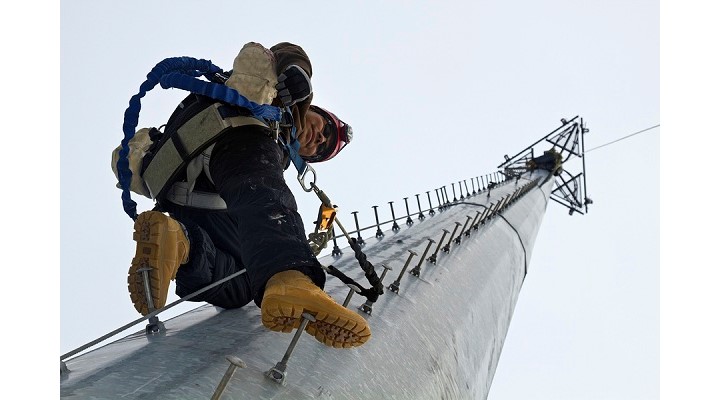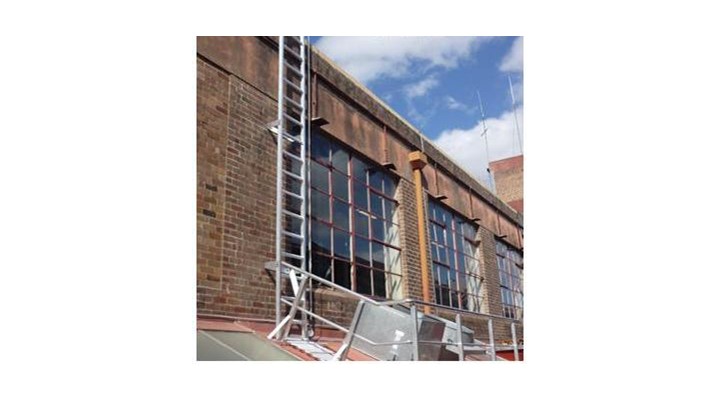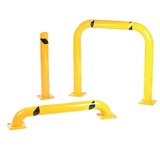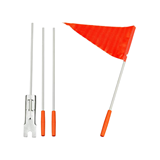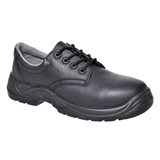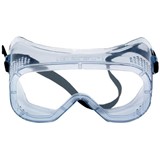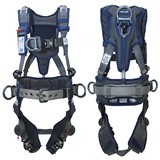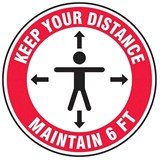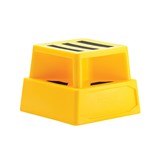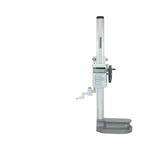While not expected to be fully released until later this year, the draft Australian Standard AS1657 – fixed platforms, walkways, stairways and ladders has already been criticised for failing to address fully the dangers of caged ladders and egressing from such ladders.
Andrew Pridham, Technical Manager with Safemaster, a leading provider of engineered safety systems for people working at heights, says the new draft is already out of date unless the committee removes caged ladders altogether from the Standard.
"Caged ladders merely provide a false sense of security, and have never provided a safe means of access when the ladder exceeds six metres," Pridham said.
"If the committee had looked at cage ladders seriously, it would be very evident they don't provide adequate safety when egressing nor when climbing.
Pridham says caged ladders have always been considered the preferred way of access to plant on roofs and high places for maintenance.
"However, this is simply to prevent the need of training personnel accessing such areas. Caged ladders should never be considered a serious approach to duty of care for personnel in these circumstances," he said.
"Plus caged ladders require costly change of direction platforms, which are extremely obtrusive.
Pridham believes the vertical lifeline ladder system should be the only system used on ladders when they exceed three metres; to provide safe egress between levels.
"All rung ladders whether at 70 degrees or vertical, should always have a lifeline or liferail when they exceed three metres," he said.
"Vertical lifeline ladder systems are designed to prevent a free fall greater than 600mm, therefore providing the ultimate form of access to high places or between levels."
Pridham says caged ladders are staggered for extra protection in the current standard, which clearly shows the committee is aware it is possible to fall, therefore they should be totally banned, and ruled not acceptable.
"All caged ladders currently in use should be upgraded with a lifeline," he said.
Landing Platforms
Pridham points out that the draft Standard suggests side-mounted "midway" landing platforms are no longer acceptable.
"This is simply stupid and should be reviewed," he said.
"It should be made clear that side-mounted 'midway' landing platforms are acceptable when a lifeline is fitted to the ladder, as any ladder over six metres must have a rest platform and a lifeline or liferail system.
"Fall protection systems on ladders are currently recognised where it isn’t practical to have staggered ladders and a change of direction landing platform.
"It is particularly common when ladders need to be installed for significant heights on wind turbines, telecommunication towers and in very deep confined pits, for example.
"This can make a difference between six metres and 20 to 30 metres, and yet a fall from six metres may create permanent injury or death.
"This decision is absurd as the risk in these circumstances can be greatly reduced by vertical lifelines."
Pridham says it should always be the responsibility of a supervisor in every circumstance, whether for construction or maintenance, to control the access and ensure the user has adequate competencies.
"The vertical lifeline ladder systems generally prevent the need for rescue, and serious injury. Although a rescue plan is required, it is unlikely it would be utilised," Pridham said.
"In contrast where a caged ladder is used, personnel should not be left to work alone.
"Unfortunately, supervisors in the facilities or maintenance environment on operational buildings (such as air-conditioning mechanics and roofing plumbers) have always considered caged ladders safe.
"When in fact, they should not consider them to be safe or allow personnel to work alone, as relying on self-rescue is not permitted under the newly released Code of Practice for Managing the Risk of Falls at Workplaces."
Pridham says any company in the height safety field recommending caged ladders and walkways with handrails as a complete package, and implying it reduces the cost of administration, induction, supervision and recertification, is providing a misleading statement.
"For example, egress from a caged ladder or from a portable ladder to a roof or platform, cannot be done safely without some form of restraint," he said.
"These situations are clearly highlighted in the codes for egress from an EWP (Elevating Work Platform) as there is always a risk of falling at the top of a caged ladder, as the user is standing with a fall zone (opening) greater than legislation allows."

